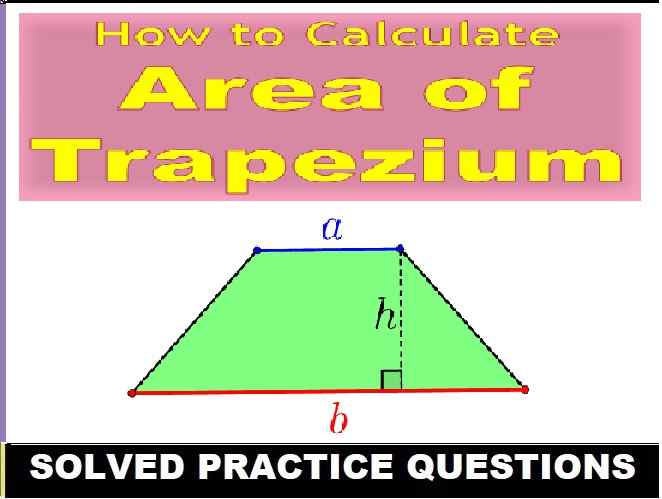Respiration in Plants Structured Answer Biology Class-9 ICSE Selina Publishers Solutions Chapter-7. Step By Step ICSE Selina Concise Solutions of Chapter-7 Respiration in Plants with Exercise-7 including MCQs, Very Short Answer Type, Short Answer Type, Long Answer Type and Structured/Application Questions Solved . Visit official Website CISCE for detail information about ICSE Board Class-9.
Respiration in Plants Exe-7 Structured Answer Biology Class-9 ICSE Concise Selina Publishers
| Board | ICSE |
| Publications | Selina Publication |
| Subject | Biology |
| Class | 9th |
| Chapter-7 | Respiration in Plants |
| Book Name | Concise |
| Topics | Solution of E. Structured/Application/Skill Answer Type |
| Academic Session | 2023-2024 |
E. Structured/Application/Skill Answer Type
Respiration in Plants Class-9 Biology Concise Solutions
Page 66
Question 1.
The following two chemical reactions are supposed to indicate a certain process occurring in the green plants under two different conditions:
(a) C6H12O6 + 6O2 — 6CO2 + ____ + 38 ATP
(b) C6H12O6 _____ + 2CO2 + 2 ATP
(i) Fill in the blank in each reaction.
(ii) Name the process represented by the two reactions.
(iii) What are the conditions under which the two reactions (a) and (b) are occurring respectively?
Answer:
(i) (a) 6H2O (b) C2H5OH
(ii) (a) Aerobic respiration; (b) Anaerobic respiration
(iii) Reaction (a) can be completed only in the presence of oxygen, while reaction (b) can be completed in the absence of oxygen.
Question 2.
Given below is a set of six experimental set-up (A-F), kept in this state for about 24 hours.

(a) In how many flasks, the different plant parts have been kept under observation?
(b) What is the purpose of keeping a test-tube containing limewater in each flask?
(c) In which tube/tubes the lime water will turn milky?
(d) What is the purpose of the set-up F?
(e) What conclusion can you draw from this experiment?
Answer:
(a) Five flasks (A-E) are having different plant parts for observation.
(b) Limewater absorbs CO2 present in the flasks. If CO2 is produced, limewater turns milky.
(c) All the five flasks (A-E) containing plant parts will show respiration and thus, the tubes containing limewater will turn milky. The flask F does not contain any plant part. So, there is no respiration and hence, there is no change.
(d) Set-up F acts as a control for the experiment, where all the conditions are similar except for the plant part, which is missing.
(e) It can be concluded from this experiment that CO2 is produced during respiration.
Question 3.
The following diagram refers to an apparatus which is used to demonstrate a physiological process:

(a) What is the purpose of keeping potassium hydroxide solution in test tubes X and Y?
(b) Why has the coloured water risen in tubing 1?
(c) What is the purpose of keeping boiled peas soaked in a disinfectant in test tube Y?
(d) Name the biological process which causes the above rise.
(e) Define the biological process shown in the experiment.
Answer:
(a) Potassium hydroxide solution is kept in test tube X and Y to check the presence of CO2, as KOH can absorb CO2, if it is produced.
(b) When the process of respiration takes place in test tube X, the O2 present in the test tube is consumed. The CO2 produced due to respiration is absorbed by the KOH present in the test tube. Hence, a space is developed due to consumption of oxygen and hence, the coloured water rises in tubing 1.
(c) In test tube Y, boiled peas soaked in disinfectant are kept because the boiled seeds are dead and cannot respire. Therefore, the process of respiration does not take place in test tube Y.
(d) Respiration is the cause of the above rise.
(e) The catabolic process of releasing energy from simple sugars for carrying out life processes is called respiration.
Question 4.
In order to study and prove a particular physiological process in plants, the following experiment was set up. Study the same and then answer the questions that follow:

(a) Name the physiological process being studied.
(b) What is the function of soda lime in the bottle ‘A’ and why is limewater placed in bottle ‘B’?
(c) What change would you expect to observe in bottle ‘D’?
(d) Represent the physiological process named in (a) above in the form of a chemical equation.
(e) In order to obtain accurate results, the bottle ‘C’ should be covered with a black cloth. Why?
(f) If bottle ‘C’ was fitted with a 3-holed rubber stopper and a thermometer was introduced in such a way that its bulb reaches close to the germinating seeds, what would you observe? Why?
Answer:
(a) The experiment was set up to study that CO2 is given off from living plant material which performs respiration.
(b) Soda lime is kept in bottle ‘A’ so as to check the (presence of) passage of CO2 present in bottle ‘B’. This is because soda lime has a tendency to absorb CO2 present in air.
The limewater present in bottle ‘B’ shows that no CO2 is entering bottle C with the air passing through bottle C.
(c) The bottle ‘D’ having limewater will show that CO2 is produced due to respiration taking place in bottle ‘C’ having germinating seeds in it. Due to the CO2 produced in bottle C, the limewater turns milky, which passes through bottle ‘D’.
(d) C6H12O6 + 6O2 6CO2 + 6H2O + 38ATP (Energy)
(e) The bottle ‘C’ when covered with black cloth will have no scope for photosynthesis. Hence, only the process of respiration can be observed.
(f) By introducing a thermometer in bottle ‘C’, the change in temperature is checked or observed. If respiration takes place, there will be a rise in temperature and if there is no rise in temperature, no respiration occurs. Therefore, a three-holed rubber stopper and a thermometer were introduced.
— : End of Respiration in Plants E. Structured/Application Answer Class-9 ICSE Biology Solutions :–
Return to Return to Concise Selina ICSE Biology Class-9
Thanks
Please share with your friends


